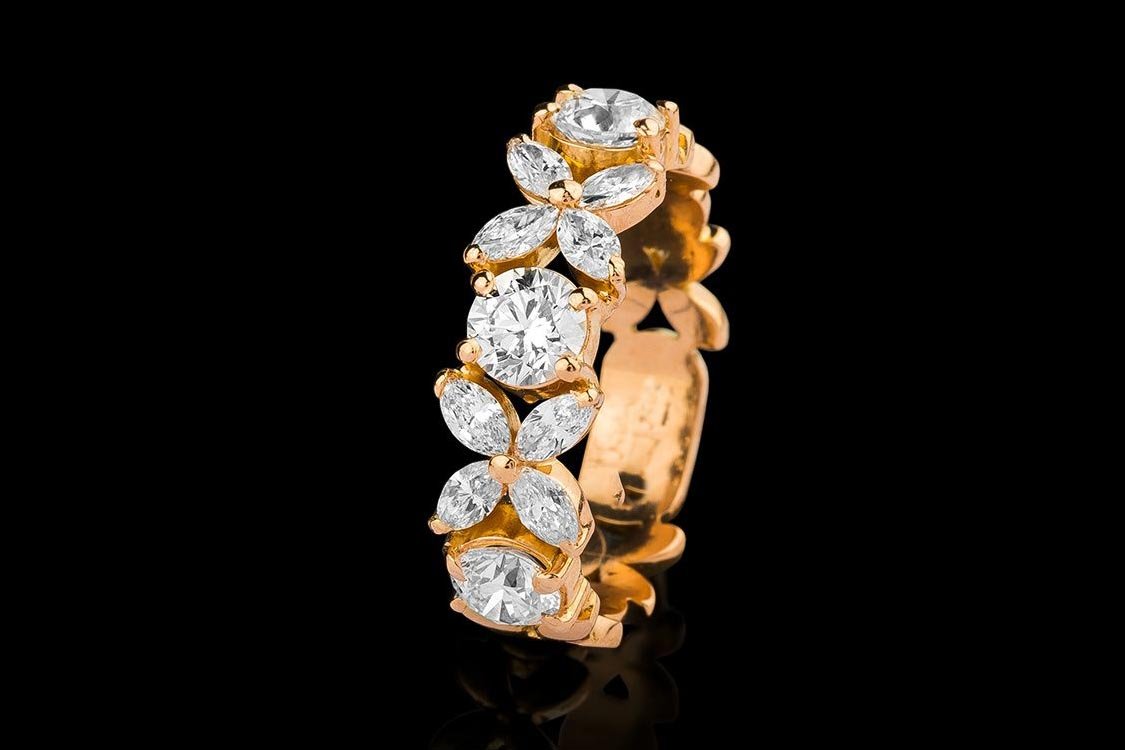Lab-grown diamonds offer an ethical, sustainable, and cost-effective alternative to mined diamonds. To ensure you make a well-informed decision, understanding how to evaluate their quality is essential. Lab-grown diamonds, like their natural counterparts, are graded based on the 4 Cs: cut, color, clarity, and carat.
Cut is the most significant factor influencing a diamond’s brilliance. A well-cut diamond maximizes light reflection, creating a stunning sparkle, while a poorly cut diamond may appear dull. Lab-grown diamonds benefit from advanced cutting technology, allowing for precise cuts that enhance their beauty.
Color refers to the presence of any color within the diamond, with D being completely colorless. Most lab-grown diamonds fall within the G-H range, offering near-colorless stones that deliver excellent value without compromising visual appeal.
Clarity measures the presence of inclusions or blemishes within the diamond. Lab-grown diamonds generally have fewer inclusions due to the controlled environment in which they are created. Diamonds with clarity grades of VS1 or VS2 are ideal choices for buyers seeking a high-quality, visually flawless stone at a more accessible price point.
Carat refers to the weight of the diamond. While larger diamonds are typically more expensive, lab-grown diamonds allow for greater carat weight at a lower cost compared to mined diamonds. Understanding your size preferences will help guide your decision, as lab-grown diamonds offer a significant cost advantage in larger carat weights.
It is also crucial to ensure that any diamond you purchase is certified by a reputable gemological organization, such as the Gemological Institute of America (GIA) or the International Gemological Institute (IGI). Certification provides transparency, assuring that the diamond meets established grading standards for the 4 Cs.
Finally, consider the technology used to create lab-grown diamonds. The two main methods are:
1. High Pressure High Temperature (HPHT)
2. Chemical Vapor Deposition (CVD)
Both methods produce diamonds with identical physical and chemical properties to mined diamonds, though CVD diamonds are often noted for their high-quality growth and fewer inclusions. By understanding these key factors—cut, color, clarity, carat, certification, and technology—you can confidently assess the quality of a lab-grown diamond. This knowledge will help you select a diamond that meets your preferences, ensuring an investment that aligns with your values of sustainability and ethical sourcing.








